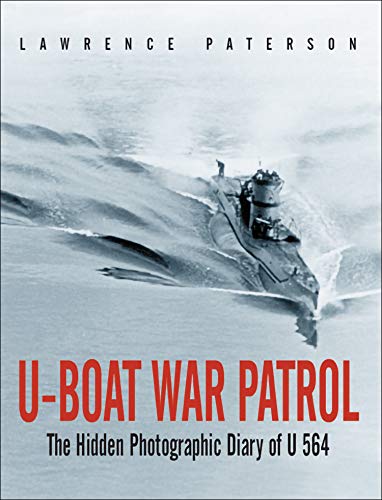
U-boat Fact File
by Peter Sharpe
"1935-1945"
Popularity
2.05 / 5
* A book's popularity is determined by how it compares to all other books on this website.
Where to buy?
Buy from Amazon* If you buy this book through the link above, we may receive a small commission at no extra cost to you.
U-boat Fact File by Peter Sharpe
Details
War:
World War II
Perspective:
Submarines
Military Unit:
Kriegsmarine
True Story:
Yes
Biography:
No
Region:
Europe
Page Count:
224
Published Date:
1998
ISBN13:
9781857800722
Description
Brief Summary
by Peter Sharpe is a comprehensive reference guide that fills a notable gap in the literature about World War II submarines. The book offers an extensive compendium of crucial statistics and operational details for more than 1,100 U-boats that operated under Nazi Germany. This volume serves as an invaluable resource for enthusiasts and researchers interested in the technical and historical aspects of these significant naval vessels.
Main Themes and Topics
The primary focus of U-boat Fact File is to provide an exhaustive record of the operational careers of Nazi Germany's U-boats. This includes detailed statistics on each vessel, highlighting their construction, deployment, patrols, and eventual fate. The book emphasizes the technological aspects of the U-boats, their strategic roles during the war, and the sheer scale of Germany's submarine fleet. By concentrating on these aspects, the book gives readers a thorough understanding of the intricacies involved in the U-boat operations during World War II.
Writing Style and Tone
Peter Sharpe adopts a factual and straightforward writing style, focusing heavily on the presentation of data and statistics. The tone is academic and precise, catering to readers who appreciate a clear and methodical approach to historical documentation. Although the book prioritizes information over narrative storytelling, Sharpe’s meticulous attention to detail ensures that the vast amount of data is accessible and well-organized, making it a suitable guide for both amateur historians and professional researchers.
Criticism
While the book is highly praised for its exhaustive data and comprehensive coverage, some readers might find it lacking in narrative elements and personal accounts that often accompany historical military literature. The dense presentation of facts and statistics, although informative, may not appeal to those seeking an engaging narrative or deeper exploration of the human experiences connected to these vessels.









